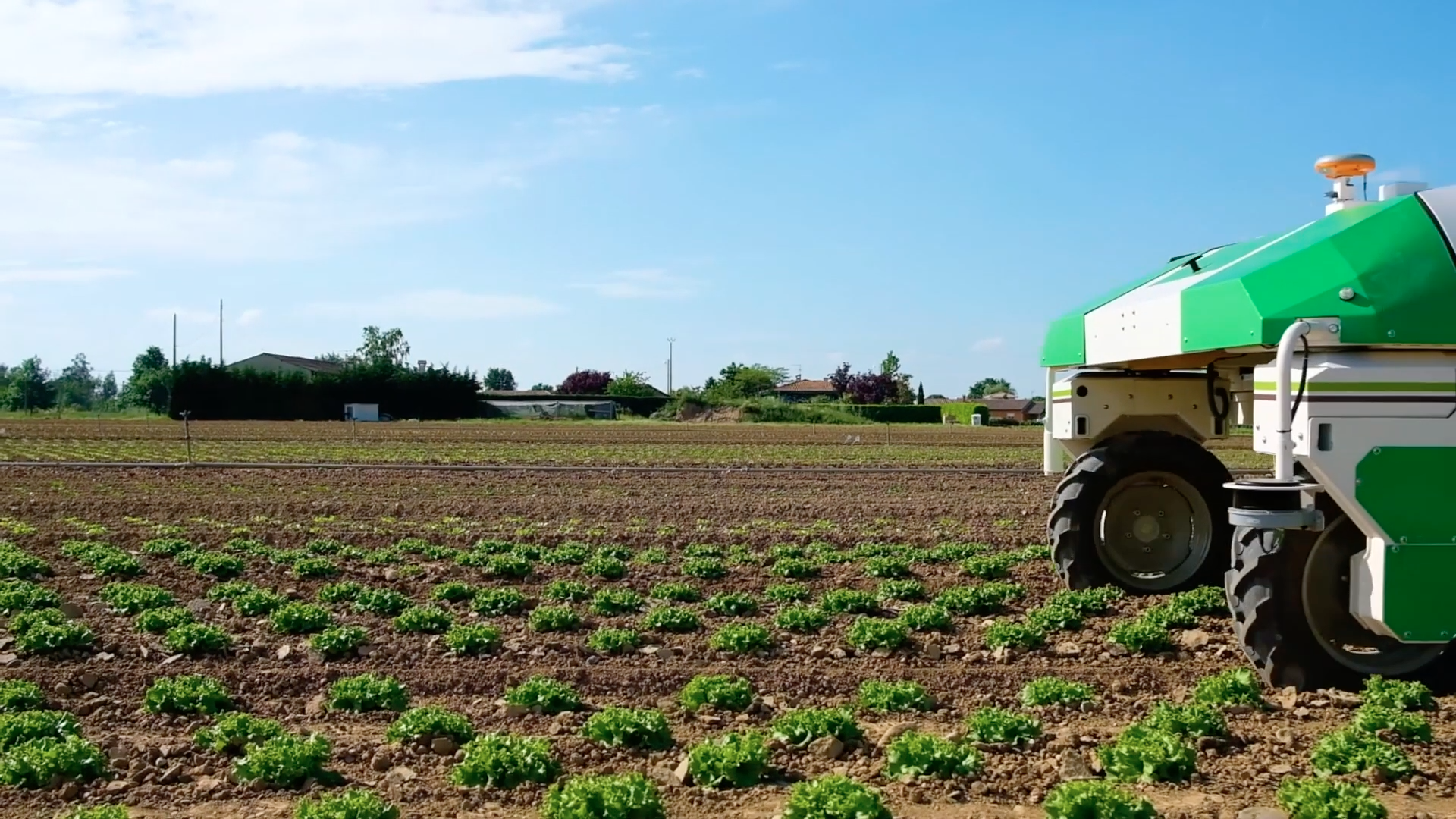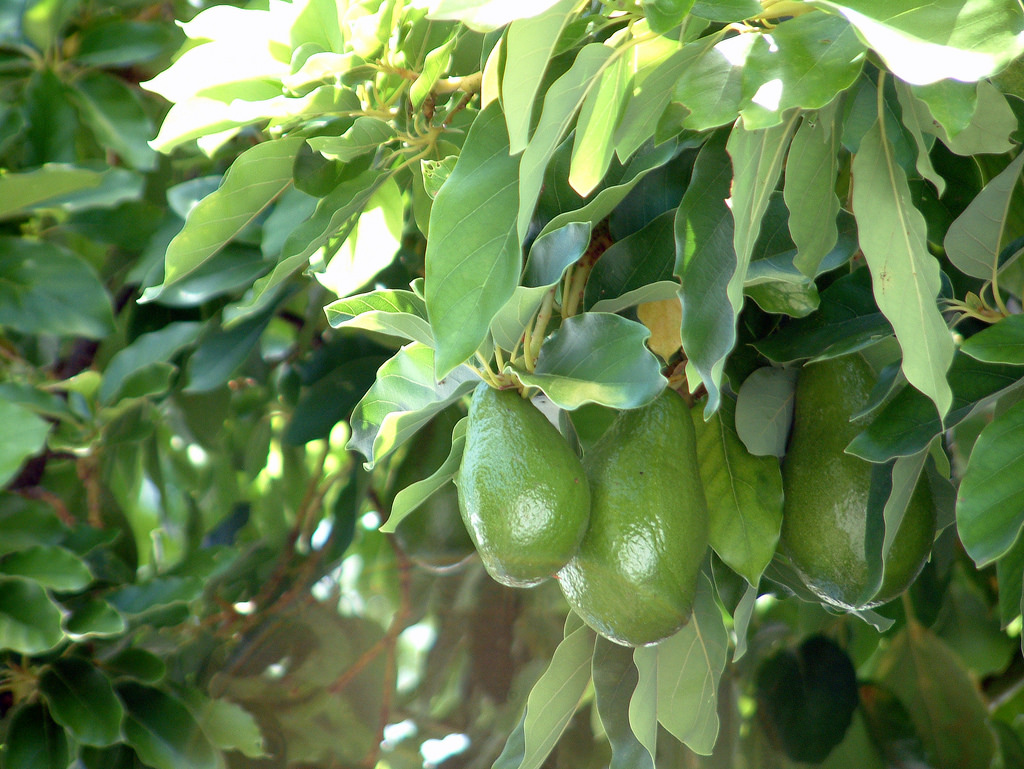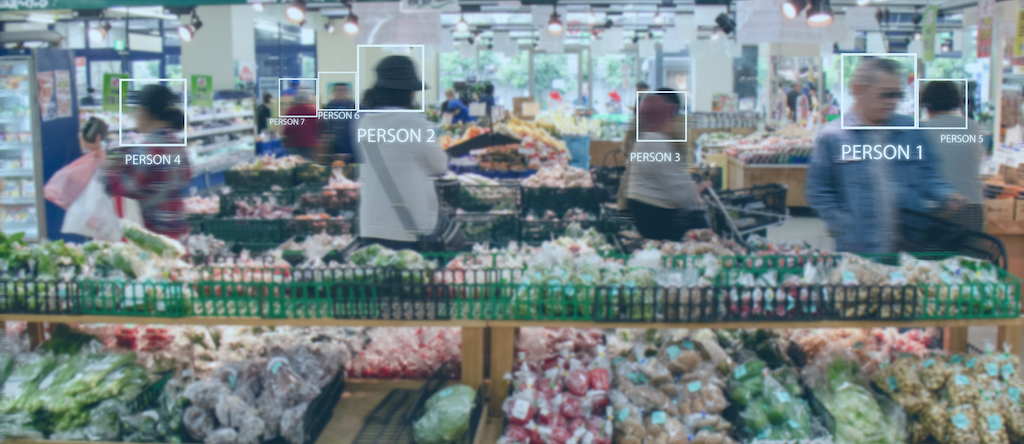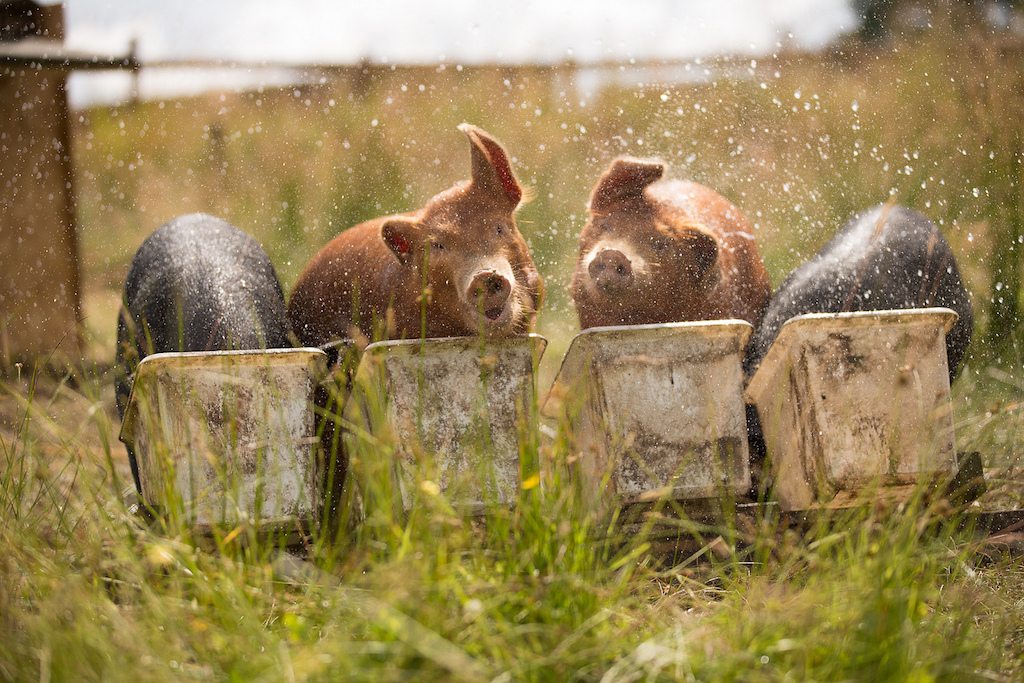
Naio Technologies
Weeds are the bane of a farmer’s existence—the “most important of all crop pests,” as one scientist put it. They kill crops by hogging nutrients in the soil, water, space and light. Worldwide, they are the largest source of yield losses.
Since the mid-1990s, many row crop farmers have knocked out their weeds through genetics. Specifically, by planting bioengineered cotton, corn, and soybeans that withstand herbicides like glyphosate—the active ingredient in Roundup—and, more recently, like dicamba and 2,4-D. Now, though, there’s mounting evidence that weeds are evolving to tolerate those herbicides, with superweeds like Palmer amaranth and ryegrass adapting to one chemical after another.
So these herbicides might not work on weeds, and they’re more controversial than ever. Could there be another solution? Like, say, robotic weeding machines? If we can get robots to pick our strawberries, why can’t they get rid of weeds, too? A handful of companies are working on it. Though the technology has been in development for years, weed-killing robots are still in their infancy, being trialed on farms across the world.
Like, for instance, at Betteravia Farms, which grows Bonipak-brand vegetables on 9,000 acres in Santa Maria, California, and in Yuma, Arizona. Dylan Bognuda, a production engineer, supervises the agribusiness’s fleet of five automated weeders and thinners, which he deploys on 900 acres of organic celery, broccoli, and romaine lettuce.
Earlier this spring, Bognuda ran trials of autonomous weeders—that is, machines that don’t have to be hooked up to a tractor, because they drive themselves. One such robot, a machine named Dino made by French company Naio Technologies, “knived the dirt,” as Bognuda explains, cultivating the bedtops and furrows as it rolled down the field. Self-driving is the crucial distinction—it’s the difference between a vacuum cleaner and a Roomba.
How does the weeding robot work? Essentially, a farm manager like Bognuda pilots the machine, which looks like a shield on wheels, onto a field. He enters data, like field dimensions and row sizes, and the machine takes off. It follows GPS coordinates of beds and furrows, and uses cameras to follow the crop lines, as it breaks up weeds growing in the soil.
Naio says Dino can run on its own for eight hours a day, covering about a dozen acres. Right now, according to the company, there are 27 such machines running on fields in France, Germany, Denmark, Japan, Canada, and one in California. The company’s other robot, Oz, which weeds one row at a time, is designed for small farmers, working on the peripheries of cities, the company says.
“You just let the machine go, and it cultivates the field,” Bognuda says of the Dino. Much to his surprise, the robot ran “pretty smooth,” unlike other robots he’s trialed.
 Naio Technologies
Naio Technologies This is Dino, a robot weeder by French company Naio Technologies
Naio brags that its machines “reduce workload and drudgery” for farmworkers. It saves time and labor costs. It’s 100 percent electric. And unlike the automated weeders made by Blue River—creator of the “see and spray” technology, originally developed for lettuce fields—these robotic weeders are pesticide-free.
That’s crucially important for organic farmers, who otherwise have to control their weeds with comparatively medieval methods—like trapping weeds under fabric or plastic tarps, zapping them with electrically-charged wire, or “flaming” the pests off corn stalks with propane.
Largely due to labor outlays, Bognuda says weeding costs almost $1000 per acre on Betteravia’s 900 organic acres. Having a smaller crew around to supervise an automatic machine could bring that price down to $200 an acre, he says.
“You can have one guy to manage a fleet of ten, rather than one guy managing one tractor,” he says.
But Dino has its limits. Bognuda says that, typically, he weeds 30 acres in a day—which means, by Naio’s own estimation, that he’d need three of them to do the work of one tractor. Those costs can add up, he says, because one Dino costs $120,000.
Plus, Dino can’t weed those in-row spaces between plants—a trickier, crucially important task that Bognuda says is usually done by farmhands. Why? When the robot’s cultivators drag through a furrow, or along a bedtop, they’re indiscriminately turning up rows of dirt. Throw a head of lettuce in there, and Dino would probably rip that up, too—because, as silly as it sounds, it doesn’t know what a plant looks like. If the name didn’t already tip you off, it’s not too “smart,” in tech parlance.
Another company, however, says it can already weed inside the rows. Farmwise, a San Francisco-based startup, has a product that resembles a giant orange Zamboni, gliding on wheels across fields. After conducting trials last year in Santa Maria and the Salinas Valley—America’s salad bowl—Farmwise is now working with a Detroit-area auto company called Roush—known for building Google’s self-driving cars—to build a dozen prototypes, with more to come in 2020, Crain’s reports.
Dino has the market advantage of already being in use in Europe, where there’s a need for farm technology now—not for moonshot projects that could change things in the future. Crops can’t be genetically modified there to grow better, and pesticides are more strongly regulated, which makes farming more labor-intensive than it is in the United States. Robots reduce that labor load.
So there’s a strong incentive to get these ag-bots into the hands of farmers—and public funding to back it up. The European Union has committed 80 billion Euros to develop and share agricultural technologies across member states through a project called Horizon 2020. Naio says it’s been prototyping since 2012—and just sent off its hundredth robot.
Either way, Bognuda says, he’s excited—even if the reality of autonomous weed-picking is still, by his own guess, ten years down the line.
“We’re in the beginning of this,” he says. “The only thing we can do is trial it out, crunch numbers, and think long-term.”










